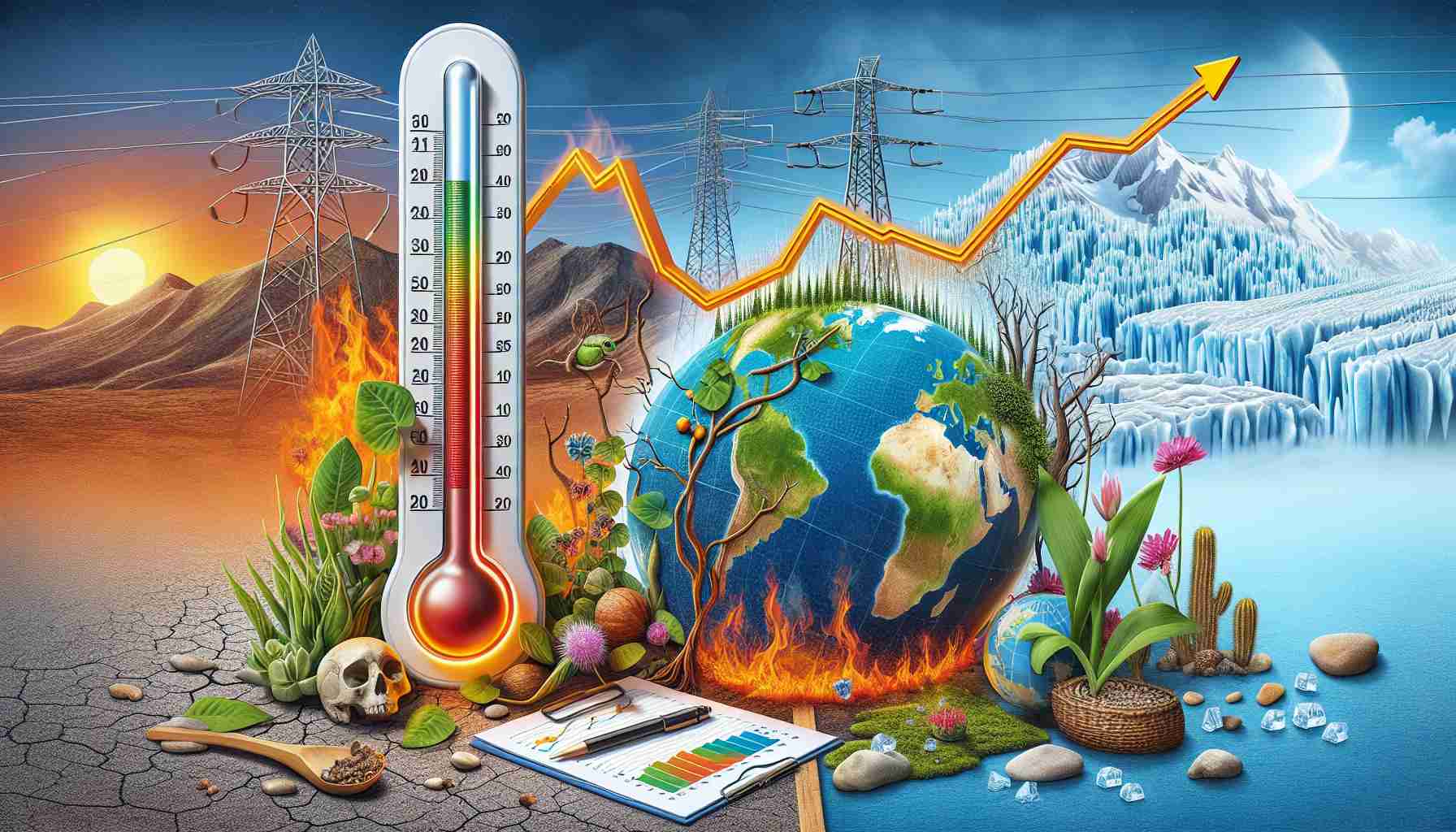Climate Change Impacting Utility Costs
Climate change and the reliance on price-volatile fossil fuels are significant factors driving the recent surge in electricity rates. Rising costs of fossil fuels, exacerbated by events like wildfires in California, are key contributors to the escalating prices.
Volatile Fossil Gas Prices
Turbulent fossil gas prices have been a major driver of increased electricity costs, particularly following global events such as Russia’s invasion of Ukraine in recent years. These fluctuations directly impact residential utility rates across affected states.
Investment in Grid Infrastructure
Long-term factors like maintaining utility infrastructure and enhancing power grid capabilities contribute to the escalating costs. Investments in transmission and distribution grids have seen considerable growth, driven by the need to modernize aging systems, accommodate rising electricity demand, and fortify infrastructure against extreme weather conditions.
Wildfire Prevention Measures
Hardening power grids to prevent wildfires plays a pivotal role in elevating utility rates. States like California have mandated extensive investments in mitigating wildfire risks, accounting for a substantial portion of utility costs.
Challenges with Aging Coal Plants
The financial burden of sustaining unprofitable coal-fired power plants further strains utility rates in various regions. Customers often bear the costs of these aging facilities, impacting electricity affordability and discouraging the transition to cleaner energy alternatives.
As climate change continues to impact utility costs and infrastructure investments, addressing these challenges will be crucial in ensuring sustainable and affordable electricity for consumers.
New Insights into the Effects of Climate Change on Rising Electricity Rates
Fossil Fuel Dependency and Electricity Costs
While fossil fuel price volatility remains a primary driver behind escalating electricity rates, another critical aspect is the environmental impact of continued reliance on these energy sources. The extraction, transportation, and combustion of fossil fuels contribute significantly to greenhouse gas emissions, which in turn intensify climate change. This vicious cycle underscores the urgent need for transitioning to renewable energy sources to mitigate both financial and environmental repercussions.
Renewable Energy Integration Challenges
One key question that arises is how effectively can renewable energy sources, such as solar and wind power, be integrated into existing grids to offset the dependence on fossil fuels. The intermittency of renewable sources poses challenges for grid stability and energy reliability, necessitating robust storage solutions and upgraded infrastructure to harness their full potential. Addressing these integration challenges is crucial for achieving a sustainable and cost-effective energy transition.
Government Policies and Regulatory Framework
A significant factor influencing electricity rates is the regulatory environment governing energy markets and utility operations. Questions around the effectiveness of current policies in incentivizing renewable energy investment and promoting energy efficiency measures need to be considered. Striking a balance between regulatory support for clean energy initiatives and ensuring affordability for consumers remains a key challenge for policymakers and industry stakeholders.
Advantages and Disadvantages of Renewable Energy Transition
Transitioning to renewable energy offers numerous advantages, including reduced carbon emissions, improved energy security, and job creation in the clean energy sector. However, the initial investment costs for renewable infrastructure and the intermittent nature of solar and wind power present challenges in terms of grid stability and energy reliability. Balancing these advantages and disadvantages is essential in crafting effective strategies for sustainable energy transition.
As the effects of climate change continue to manifest in rising electricity rates, it is imperative to explore innovative solutions, leverage technological advancements, and enact supportive policies to accelerate the transition towards a cleaner and more resilient energy system. Embracing renewable energy sources, enhancing grid flexibility, and fostering collaboration between stakeholders are essential steps in mitigating the impacts of climate change on electricity costs and ensuring a sustainable energy future.
For more information on renewable energy integration and climate change impacts on electricity rates, visit United States Department of Energy.
